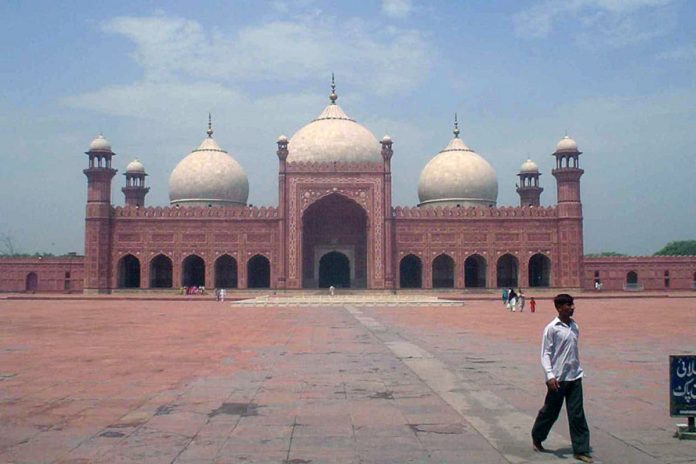Lahore is facing an early and severe heatwave, and experts say rising temperatures and unchecked urban growth are making life harder for residents.
Once famous for its balanced seasons, the city now swings between heavy smog and extreme heat, a shift largely blamed on climate change and a swelling population.
The Pakistan Meteorological Department (PMD) has warned that the next ten days will bring abnormally high temperatures, reaching up to 40°C, far above what’s typical for April.
PMD data shows that April temperatures have steadily climbed in recent years, hitting 42°C in 2022, a record that could be broken this year.
Environmental experts link this rise to extensive deforestation and unplanned development. Between 1990 and 2020, much of Lahore’s tree cover was replaced by concrete structures and roads. From 2010 to 2017, the city lost a shocking 70% of its trees.
Meanwhile, the Punjab Urban Unit reports that Lahore’s built-up area nearly doubled in 20 years, while green spaces now make up just 2.8% of the land.
This rapid urban spread has intensified what scientists call the “urban heat island effect,” where dense development traps heat during the day and slowly releases it at night, keeping temperatures high around the clock.
According to PMD and climate researchers, factors such as global warming, vanishing greenery, industrial pollution, and poor urban planning are making heat waves more frequent and severe.
In response, provincial disaster officials have issued advisories urging people to stay indoors from 11 a.m. to 4 p.m., drink plenty of water, wear light clothing, and keep an eye on at-risk individuals. Anyone experiencing symptoms like nausea or dizziness should seek medical help immediately.
Experts caution that these steps offer only short-term relief. They’re urging city planners to think long-term and climate-smart, by protecting what greenery remains, launching major tree planting efforts, and factoring climate change into urban development.
Without these changes, they warn, extreme heat could become the norm, putting public health, agriculture, and the economy at risk.
